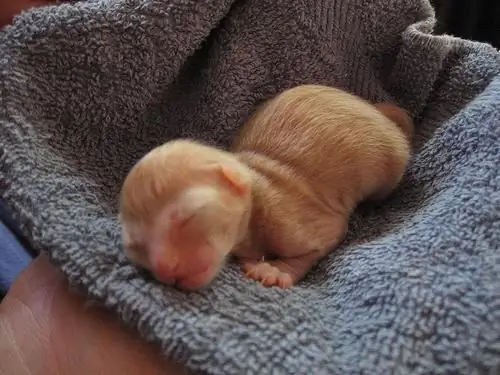2026 Author: Priscilla Miln | [email protected]. Last modified: 2025-01-22 17:55:26
A small fluffy miracle is a source of joy and happiness for its owners. Especially when it's cool and fun to play. In order for a pet to always feel good and be in a great mood, its diet must contain all the substances necessary for growth - vitamins and trace elements. How to feed a kitten and how to choose the right diet, of course, the owner decides. But still, there are several points that need to be considered when compiling a cat menu.
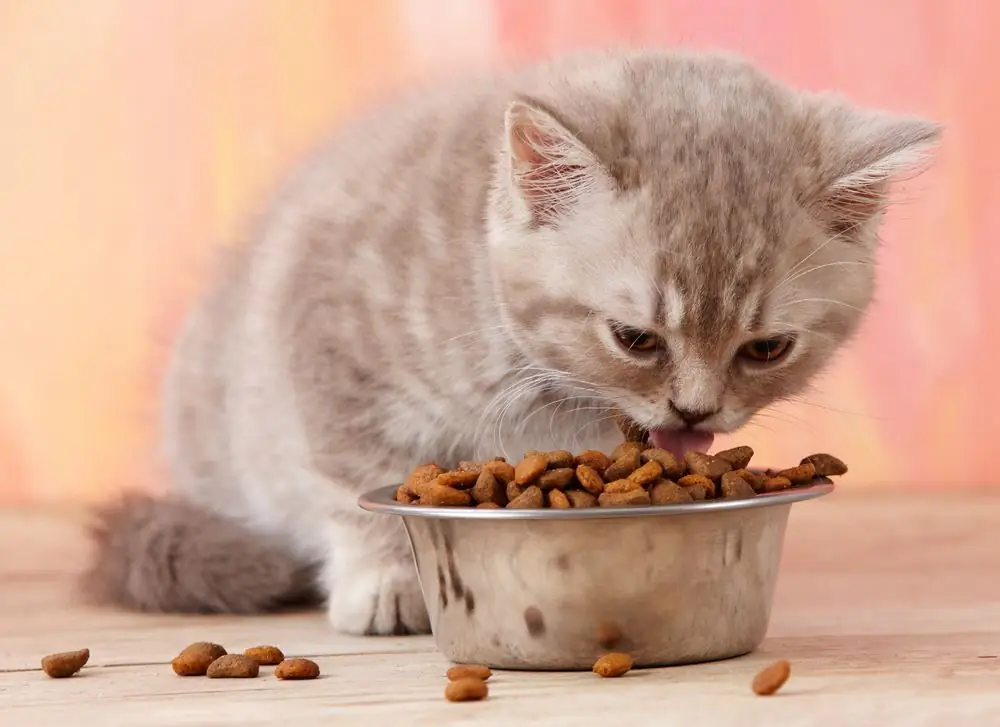
Reasons for artificial feeding of kittens
Sometimes it happens that a cat for some reason is not able to cope with the feeding of squeaking offspring. In this case, the owner is forced to make up for the missing food. The reasons for artificial feeding of kittens can be various:
- The death of a cat during childbirth or some time after them.
- Complications after childbirth and the unsuitability of milk as a result of the use of medicines.
- Refusal of a woman in labor to feed offspring.
- Mother's lack of milk.
- Lack of a lactating cat (in case of finding homeless kittens).
One way or another, a person needs to turn for a while into a feeding system that operates according to a certain schedule.
How many times a day to feed
How to feed kittens depends on their age:
- Under the age of two weeks, kittens should receive food at least 10 times a day. It is necessary to feed both during the day and at night.
- Monthly pet eats a little less often - about eight times a day.
- At the age of one to two months, night feedings stop. Now it is enough to give the kitten to eat seven times a day.
- Six times a day is suitable for three-month-old pets.
- When kittens are four to five months old, they will need a five-time daily regimen.
- Kittens from six months are often equated to adults. Such cat offspring receive food no more than four times a day.
- At the age of nine months to a year, a kitten is fed three times a day.
- Adult cats 1 year and older are treated twice a day.
The amount of food for kittens also requires special attention:
- Newborn babies require 30 milliliters of liquid food (predominantly milk or formula milk) per 100 grams of live weight.
- A two-week-old pet needs 38 milliliters per 100 grams of weight.
- Three weeks of life equals 48 milliliters of formula.
- Four-month-old pets and older kittens are fed approximately 50-55 milliliters for every 100 grams of weightanimal.
To meet the nutritional needs of a grown kitten, you can be guided by the following table:
| Pet age (months) | Amount of food per day (in grams) |
| 1, 5 | 120 |
| 2 | 160-180 |
| 3-6 | 180-250 |
| 6 | Up to 180 |
| 10-12 | 150-200 |
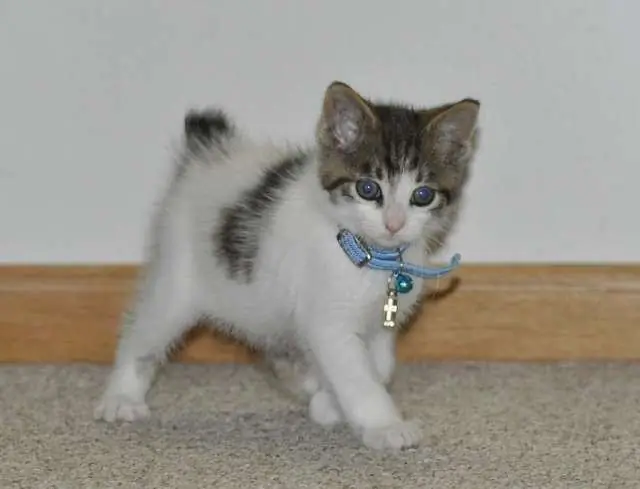
How to feed natural food to kittens
Newborn kittens are fed store-bought cat's milk replacer. In the absence of the product, you can use a mixture for children (without any additives in the form of sugar) or products for newborns prepared in the "dairy kitchen". In addition to those listed, goat's milk or homemade cow's milk is not bad. If the latter turns out to be very oily, it can be slightly diluted with warm boiled water. Questions often arise, for example, how to feed lop-eared kittens. In this case, calcium-rich formulations are suggested.
The following natural foods are available as complementary foods:
- Beef, veal or rabbit.
- Boiled meat of small poultry (chicken, turkey).
- Beef and chicken offal (liver, heart, stomachs, kidneys). However, these by-products should not be used more than a few times a week.
- Fish is lean, withoutbones. It should be noted that fish is contraindicated for sterilized cats and cats.
- Boiled egg yolk.
- Dairy and sour-milk products.
- Various porridges with the addition of meat or fish (for one part of porridge you need two parts of the additive).
- To supply vitamins to the body of a kitten, it is advisable to add vegetables and greens to the diet.
- In order to improve digestion, you can plant a special grass or wheat, rye, millet, oats. Green sprouts are eaten by cats with great pleasure.
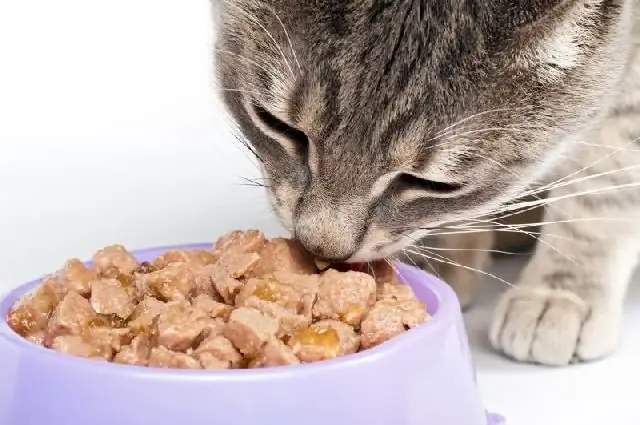
List of forbidden foods
What to feed a kitten, of course, but what should not? The list of forbidden foods consists of the following foods:
- Pork, lamb, goose and duck.
- Bones of bird and fish.
- Food from the owner's table (s alty, sweet, spicy, fried, fatty, smoked meats and mushrooms).
- Citruses, grapes, raisins and all sweet fruits.
- Sweets - chocolate, cookies, etc.
- Human vitamins and supplements.
Diet of monthly kittens
The kitten is one month old. What to feed a Scottish kitten besides milk and as a complementary food?
First of all, whatever the food, its consistency should be puree so that the pet can freely suck it from the bottle.
The basis of the diet is concentrated milk. Cat recipes are easy to make at home.
One of the recommended options for pet formula is the combination of raw egg yolk with 0.5 liters of milk. The yolk can also be used boiled. They give it together with whipped protein, with a small amount of vegetable oil and grape sugar. A cocktail of half an egg yolk with milk and corn oil is also appropriate.
When wondering what to feed a kitten for one month, one should not forget that food should also contribute to the growth of the pet. For the full development of the baby, you can use a combination of 2.5 grams of dry yeast, 15 grams of dry whole and 50 grams of cow's milk. This mixture has a beneficial effect on the he alth and mood of the pet.
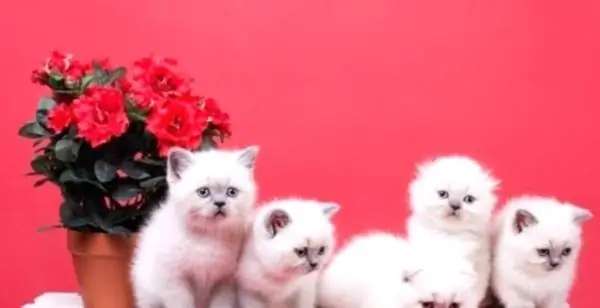
What to feed a pet from 2 to 4 months
Having figured out how to feed a kitten at 1 month old, you can begin to study the issue of feeding older pets.
Babies start teething between two and four months of age. Now they can be gradually accustomed to eating more solid food, as well as drinking from bowls. The basis of pet nutrition should be food rich in vitamins and protein. Only such a diet helps to strengthen the skeleton of the animal and the proper functioning of the gastrointestinal tract.
Food for six months old animals
From four to six months, the kitten is actively growing and gaining weight. It is important that the kitten's menu is rich in foods that help increase muscle mass.
Because the baby's jaws are fully formed, he can freely chew chicken or beef meat. You can no longer grind the pieces, but give them whole. In addition to meat and offal, it is advisable to give the kitten low-fatfermented milk products such as fermented baked milk or unsweetened yogurt. It is important to remember that food should not be converted into body fat.
At the age of six months, lean, boneless sea fish can be added to the diet.
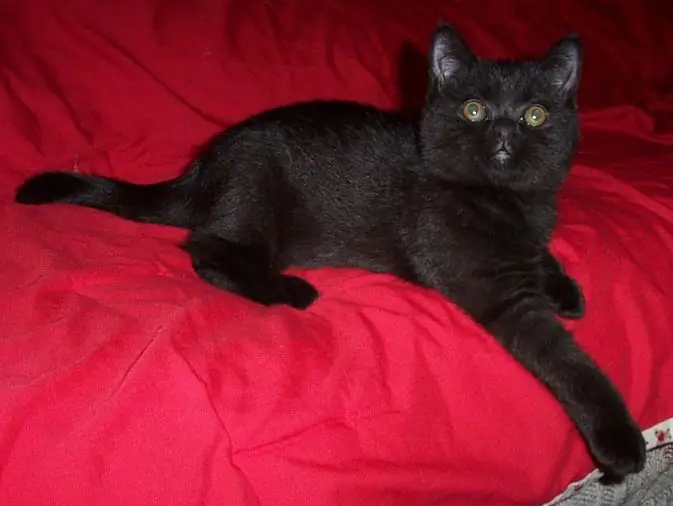
Advantages and disadvantages of specialized feeds
Ready-made industrial feeds have a place in the diet of kittens. Among the main advantages of industrial food can be called a significant time savings for the owner. In addition, the composition of high-quality feed includes all the vitamins and trace elements necessary for the normal development and life of the pet.
If we talk about the shortcomings, then all ready-made products can be used no earlier than from the age of three months.
In addition, instead of elite food, you can often buy its surrogate, a fake. Therefore, it is recommended to buy ready-made food in specialized trusted stores.
Another disadvantage of using industrial food is its absolute incompatibility with natural food. In other words, if the kitten eats ready-made food, the use of other food is unacceptable.
Also, stick to one type of industrial food. Transitioning to another variety takes a long time and care.
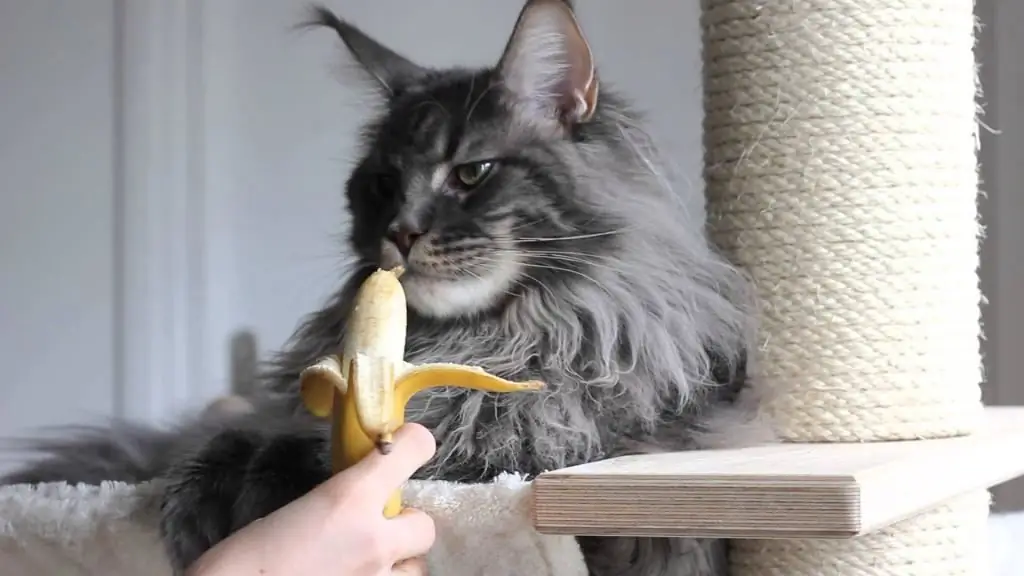
Dry food or wet food: which is better?
When choosing whether to feed your kitten dry or wet, there are a few basic rules to keep in mind:
- Don't mix canned food with dry food.
- Canned food can be given alternately with dry food. However, both must be of the same brand.
- A serving of preserves in sauce or jelly for kittens is divided into 4-5 parts.
- Wet food shouldn't be left in the bowl all day.
It is recommended to purchase food for kittens with the addition of vitamins and trace elements. It is advisable to buy premium products marked "professional".
Feeding by breed
All kittens are only outwardly almost similar to each other. In fact, each breed is characterized by specific physiological and anatomical features. This should be taken into account when deciding what food to feed the kitten.
The most popular cat breeds today are Scottish, Sphynx, British, Maine Coon, Bobtail.
When deciding how to feed a Scottish kitten, you need to remember its anatomical features. Often a characteristic feature of Scottish kittens are ears - folded in half and hanging forward. As a result, the nutrition of babies should be rich, first of all, with calcium (to strengthen cartilage, the spine). Offal, poultry and cattle meat, eggs, vegetables, cereals are also appropriate. It is noteworthy that fish can be given to the Scots no more than once a week.
In the case of ready-made foods, you need to carefully choose what to feed your lop-eared kitten. Premium food, or holistic food, has been specially developed for this breed. Only in such food are all the necessary substances for the Scot.
The British, unlike the folds, need to build muscle mass. Pet foodshould contain a fairly large amount of meat and meat products. However, such an ingredient must be non-greasy. After one year, milk is completely eliminated from the British diet.
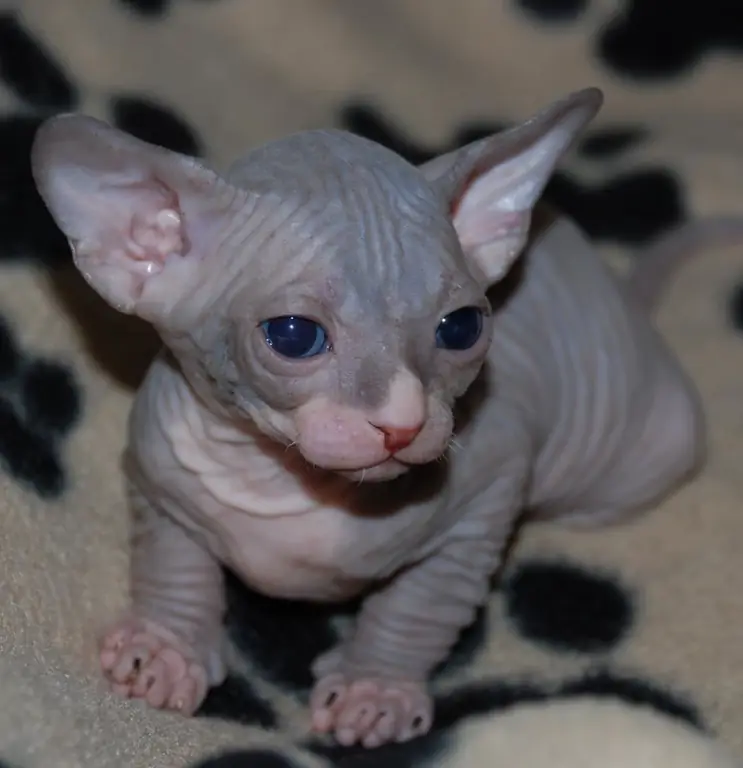
Sphinxes and Bobtails require a slightly different diet. Food should be warm, fresh, including fermented milk products, ground beef and chicken, fish, which can be given several times a week. It is advisable to add cereals, vegetable puree, greens. There are also specialized dry food and canned food.
Maine Coon is the largest cat breed. As a result, the amount of food in one serving should be somewhat larger. Food should consist of foods rich in potassium, calcium, vitamins. Sour-milk formulations are recommended to be combined with chopped bird giblets. Maine Coon kittens can be given seafood.
Recommended:
Can a kitten be fed baby food? Scottish kitten food
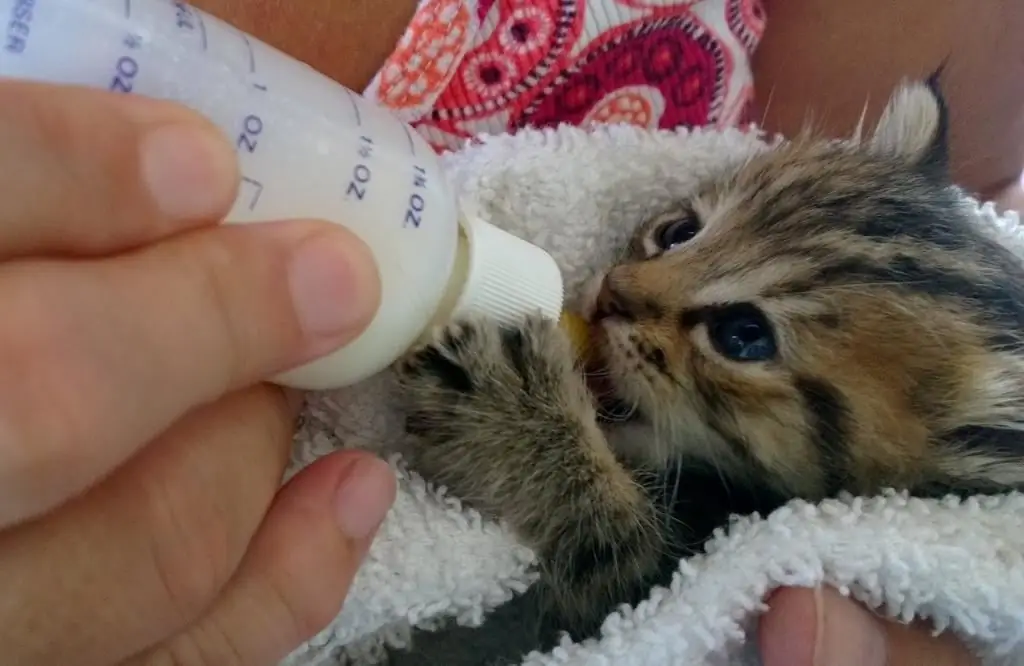
Caring for kittens includes many important aspects: treatment, nutrition, care, living environment. Therefore, before acquiring a mustachioed friend, you need to weigh your ability to ensure a decent life for a kitten. Today we will consider the most important questions regarding the nutrition of our four-legged animals, in particular: "Is it possible to feed a kitten with baby food?"
Advice to kitten owners - is it possible to feed a kitten with adult food?

Many pet owners are tormented by the question of what food to choose for a kitten. On the advice of a veterinarian, cats can be fed both natural food and special commercially produced food. Feeding "from the table", as some owners do, is not recommended by veterinarians. Cat food differs from human food in a high protein content. Therefore, in order for the diet to match ideal nutrition, a person must know how the digestive system of a pet works
Nutrition for children at 11 months: diet, recipes and menus. Baby at 11 months: development, nutrition and care

Moms of babies in their first year of life have a lot of questions. So, parents are interested in the development of the baby, whether he eats right, and so on. If there is a child in your house, at 11 months development, nutrition, care should be appropriate for this age
Baby at 8 months: daily routine. Baby food at 8 months

The baby is growing incredibly fast. In the first year of his life, this manifests itself especially quickly. In this article, we will talk about the menu of the child at 8 months, as well as what should be the approximate daily routine of the baby
What to feed a Scottish Fold kitten at 2 months and how to care for him

Scottish fold (Scottish fold) kitten has a cute appearance, has a friendly character, unpretentious care and feeding. For these qualities, he is adored, and he often becomes a favorite in many families. A little fluffy fidget brings not only joy, but also trouble. Often the owners are worried about how to feed a Scottish Fold kitten for 2 months?

